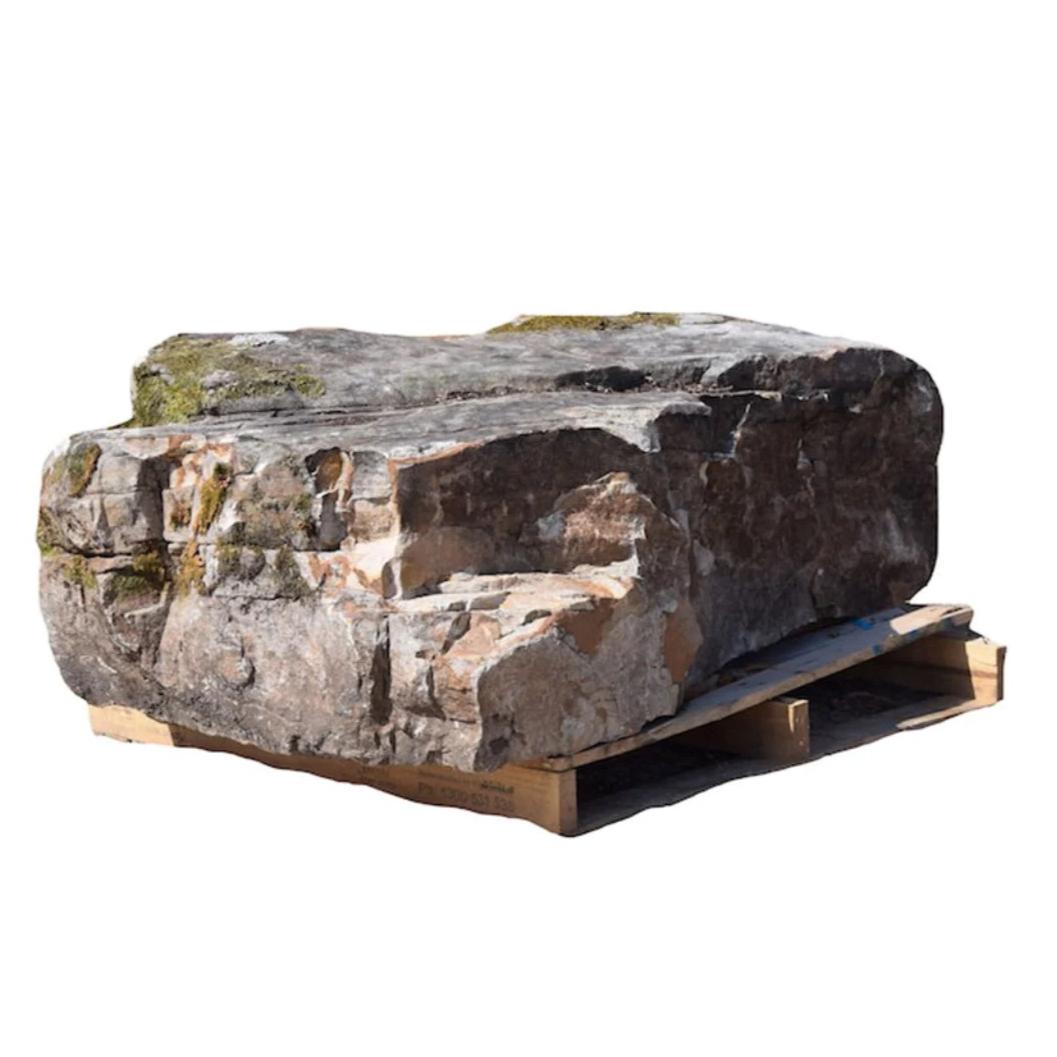Crape Myrtles: Why and How to Grow Crape Myrtles
High summer temps might be here, but that doesn't mean you still can't have a colorful garden! Crape myrtles are the ultimate solution to hotter climates.
They are tough, easy to grow, and also produce vivid blooms that last all summer (or longer!).
Here's a quick guide on why and how you should grow them this season:
What are Crape Myrtles?

A Crape Myrtle is a flowering tree or shrub belonging to the genus Lagerstroemia, known for its vibrant and long-lasting summer blooms.
These plants are highly appreciated for their beautiful flowers, which come in a variety of colors such as pink, red, purple, and white. They also feature attractive peeling bark and can have a lovely fall foliage color.
Why Grow Crape Myrtles:

-
Vibrant Blooms: They produce stunning flowers in a range of colors from white to pink, purple, and red. Hint: We love the Monrovia® Summerlasting™ Strawberry Crape Myrtle.
-
Four-Season Interest: With exfoliating bark and attractive fall foliage, they offer year-round interest in the garden.
-
Drought Tolerance: Once established, they are drought-tolerant, making them suitable for various landscapes.
-
Pollinator-Friendly: The flowers attract butterflies and other pollinators, enhancing the biodiversity of your garden.
-
Versatility: They can be used as specimen trees, in borders, or even in containers for smaller varieties.
How to Grow Crape Myrtles:

-
Give Crape Myrtles Room to Grow: Choose a variety that suits your space requirements. For example, many crape myrtles reach a height of 15-20 feet, so leave plenty of space. More compact varieties, like Summerlasting™ Crape Myrtles, are much smaller.
-
Planting Location: Plant in a location with full sun to ensure abundant flowering. Crape myrtles love the sun! Ideally, they need at least 6 hours of direct sun per day for amazing blooms.
-
Soil Requirements: They prefer well-draining soil with a slightly acidic to neutral pH.
-
Watering: Water regularly after planting to establish roots. Mature plants have good drought tolerance.
-
Pruning: Prune in late winter or early spring to remove dead wood and shape the plant. Avoid over-pruning, which can lead to weak growth and fewer blooms. However, you can remove spent flowers through summer to encourage reblooming.
-
Fertilizing: Apply a balanced slow-release fertilizer in the spring to promote healthy growth and flowering.
-
Pest and Disease Management: Keep an eye out for aphids, scale, and powdery mildew. Treat promptly if issues arise.
Plant Your Own

Follow the specific care instructions for the crape myrtle variety you choose, as different varieties may have slightly different requirements. Happy gardening! Plant Joy! 🌿













































